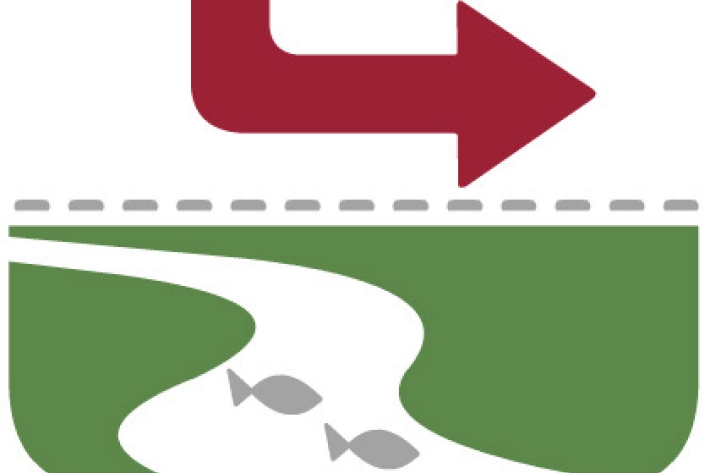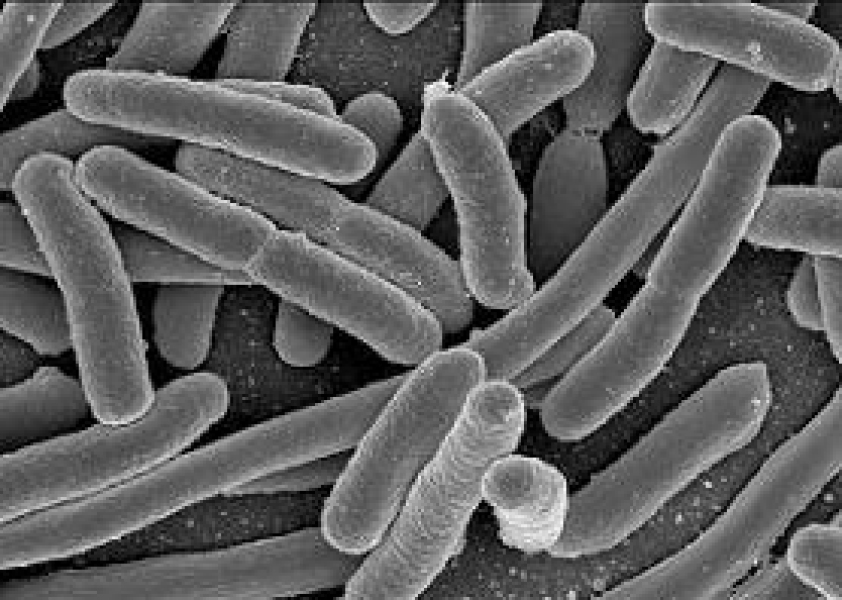Waterways can easily become contaminated by pathogens when effluent is discharged nearby.
A pathogen or an infectious substance is a biological agent that causes disease or illness to its host. Pathogens are commonly found in farm animal waste and offal, discharges from factories and wastewater treatment systems, and leakages from septic tank systems.
Surface and groundwater can easily become contaminated by pathogens when effluent is discharged to a waterway or is discharged/deposited onto land near waterways. Although treatment of wastewater can take out many of the unwanted pathogens, the type of treatment used needs to be carefully considered. This will minimise any impact on a waterway. Adequate dilution rates should also be considered.
Contamination of freshwater may occur when the faeces of grazing animals are deposited near or in a waterway. This may happen when a cow crosses a stream or when cattle and sheep graze near unfenced waterways in pasture. Pathogens may also be washed into streams and rivers through surface runoff from the land, especially after periods of heavy rain.
A common pathogen found on the farm is the bacterium Escherichia coli or E. coli, which can be found in the lower intestine of warm-blooded animals. E. coli have the ability to survive outside the body of an animal for short periods of time and are therefore a good environmental indicator of faecal contamination in waterways. E. coli levels often exceed water quality guidelines in agricultural streams, especially when cows are crossing or entering the water or where there are discharges from meat and dairy processing plants. Maximum thresholds ensure point source discharges from wastewater treatment and oxidation ponds do not exceed these standards. Adequate mixing (dilution) of the discharge with water can reduce the effects. However, the amount that can be safely discharged depends on the size of the stream or river.
Pathogens that are potentially waterborne include zoonotic diseases (diseases that are transmitted between humans and animals and vice versa). These are of increasing concern because they make up more than three-quarters of the total notified illnesses. Of these, campylobacteriosis, salmonellosis, cryptosporidiosis, and giardiasis are of particular importance as they dominate the rates of reported diseases in Aotearoa. It is important to realise that zoonoses may be contracted from both ill and apparently healthy animals.
Potential impacts of infectious substances on water quality and mahinga kai
-
Decreased water quality.
-
Contaminated water and mahinga kai, especially shellfish, downstream of the discharge (source) that makes it unsuitable for harvesting (fishing or food gathering).
-
Water becomes unsuitable for swimming or recreational use.
-
Greater probability of disease-related impacts on fish populations.
-

Mitigation
Simple steps to minimise the effects of infectious substances on water quality and mahinga kai. -

Causes of Infectious Substances
What are the potential sources of infectious substances from land use activities?

